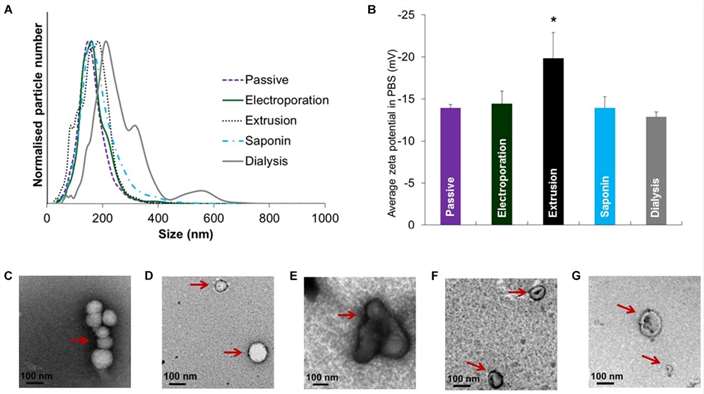Soybean SNPs and Detection Methods
The soybean (Glycine max) is a vital crop known for its nutritional value, versatility, and extensive industrial applications. With the advent of genomics and advanced molecular techniques, scientists have made significant strides in decoding the soybean genome, uncovering its complexity and potential applications.
How Do You Know About Soybean Genome?

The soybean genome was sequenced and published in 2010, providing valuable insights into the structure and organization of soybean genes. Here are some key features of the soybean genome:
- Genome Size: The soybean genome is relatively large, consisting of approximately 1.1 billion base pairs. It is one of the largest known plant genomes.
- Chromosomes: The soybean genome is diploid, meaning it has two sets of chromosomes. Soybean plants typically have 20 chromosomes (2n = 40).
- Repetitive Elements: Like many other plant genomes, the soybean genome contains repetitive DNA sequences, which make up a significant portion of the genome. These repetitive elements play various roles in genome structure and function.
- Genes and Protein-Coding Sequences: The soybean genome contains a large number of genes that encode proteins. It is estimated that the soybean genome harbors around 46,000 to 60,000 genes, which is more than the human genome.
- Gene Families: Soybean has expanded gene families compared to other plant species, which likely contributes to its diverse biological functions and adaptation to different environments. These gene families include those involved in metabolism, stress responses, and symbiotic interactions with nitrogen-fixing bacteria.
Soybean Single-nucleotide Polymorphisms (SNPs)
Soybean SNP (Single Nucleotide Polymorphism) refers to a type of genetic variation that involves a single nucleotide substitution in the DNA sequence. SNPs are the most common type of genetic variation found in the genomes of different organisms, including soybeans. These variations can occur at specific positions within the soybean genome and can be used as genetic markers to study genetic diversity, population structure, and traits of interest in soybean breeding and genetics.
SNPs can have different effects on genes and phenotypic traits. Some SNPs may be associated with specific traits or diseases, serving as genetic markers for breeding programs or diagnostic tools. The identification and analysis of soybean SNPs have facilitated the development of genetic maps, genome-wide association studies (GWAS), and marker-assisted breeding strategies in soybean research.
Explore our Soybean SNP Panel for more details about our innovation in crop genomics research.
Detection Methods and Technologies
Whole-Genome Resequencing
Whole-genome resequencing involves sequencing the entire genome of multiple soybean accessions or cultivars. By aligning the reads against the reference genome, researchers can identify SNPs. This method provides a comprehensive overview of the genetic diversity and allows for the discovery of both common and rare SNPs. However, it can be computationally intensive and expensive, especially when analyzing large populations.
Soybean SNP Panel
Soybean SNP Panel provides a comprehensive tool for soybean genetic analysis. Researchers can use this panel to assess genetic diversity, determine population structure, identify favorable traits, and make informed breeding decisions in soybean improvement programs. The high informativeness of the 1,326 SNPs included in the panel ensures robust and reliable genotyping results for a wide range of applications in soybean research and breeding.
RAD-seq & GBS
NGS technologies, such as Illumina sequencing, have revolutionized genomics research. By generating massive amounts of DNA sequence data, NGS facilitates the identification of SNPs at a high resolution. Through techniques like Restriction site-Associated DNA sequencing (RAD-seq) and Genotyping-by-Sequencing (GBS), researchers can efficiently discover and genotype SNPs in a cost-effective manner. NGS-based methods are particularly useful for breeding programs, where the identification of trait-associated SNPs can expedite the development of improved soybean varieties.
Applications and Implications
Marker-Assisted Selection (MAS)
MAS involves using SNP markers to select desired traits in breeding programs. By identifying SNPs associated with traits of interest, breeders can select plants with the desired genotypes, increasing the efficiency and precision of variety development. MAS has accelerated the breeding of soybean varieties with improved yields, disease resistance, and nutritional profiles.
Genetic Diversity Studies
SNPs serve as valuable tools for assessing genetic diversity within soybean germplasm collections. By genotyping diverse accessions, researchers gain insights into population structure, geographic origins, and adaptation patterns. This information aids in germplasm conservation, germplasm enhancement, and the development of breeding strategies to broaden the genetic base of soybean varieties.
Quantitative Trait Locus (QTL) Mapping
QTL mapping involves identifying genomic regions associated with specific traits. By integrating SNP markers with phenotypic data, researchers can identify QTLs that control important agronomic traits. This information enables breeders to target these genomic regions during selection, accelerating the development of soybean varieties with enhanced traits.
Understanding Plant-Pathogen Interactions
SNP markers play a crucial role in studying plant-pathogen interactions and developing disease-resistant soybean varieties. By identifying SNPs associated with resistance or susceptibility, researchers can unravel the genetic basis of host-pathogen interactions, aiding in the development of effective disease management strategies.
Functional Genomics
SNPs are also instrumental in functional genomics studies, allowing researchers to associate genetic variations with gene expression patterns and phenotypic outcomes. This helps elucidate the molecular mechanisms underlying complex traits and provides valuable insights into soybean biology.
learn other: transforming

